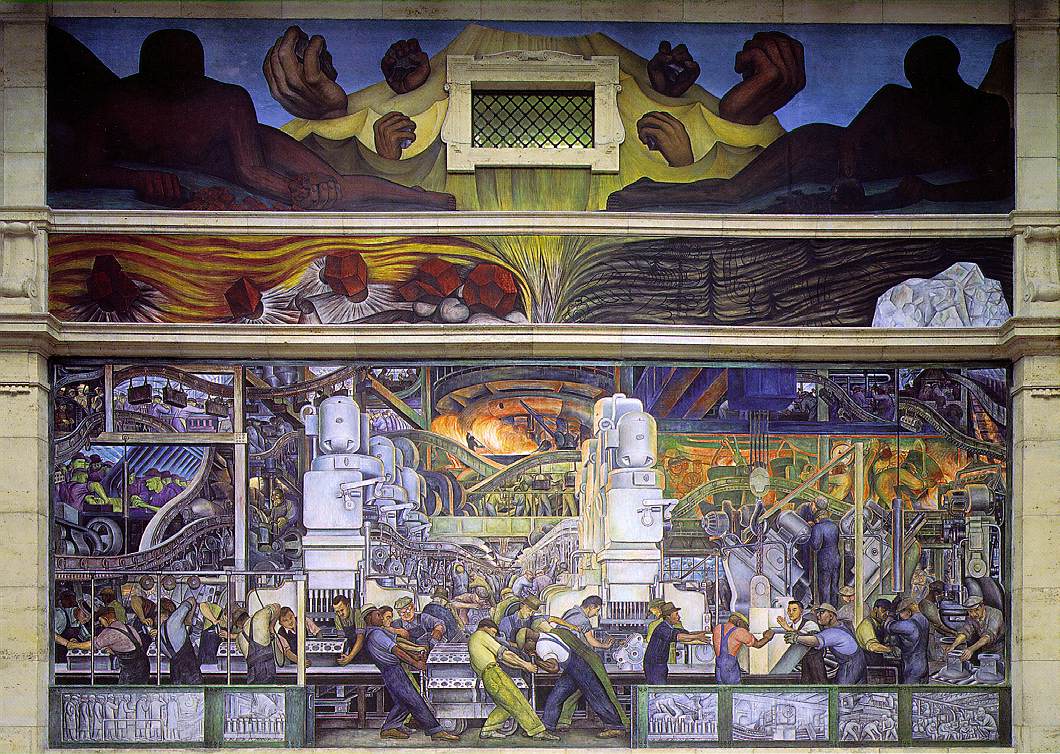
Marcy Wheeler has an interesting post on “the increasingly urgent efforts to turn Detroit back into an agricultural bread basket.”
Apparently, companies are buying up large abandoned chunks of the Motor City with the idea of turning the lots into “a large-scale commercial farm enterprise.” Another, better established (and just plain better) model involves the rapidly growing network of community gardens, some of which feed students in over forty city schools.
Marcy’s conclusion echoes some of my thinking recently: that, like it or not, we might well return to being a nation of farmers. The question is what kind of farmers will we be?
Detroit has long been a symbol of America’s industrial might. And yet, quickly, it has become a symbol not only of decay, but of the earth reclaiming the land. Frankly, I’m in favor of using Detroit’s vacant space for farming (though I prefer it to be organic, small scale farming). But if Detroit is the canary in the coal mine of industrial society, we need to start preparing to return to an agricultural way of life.
For more, there’s this wonderful Harper’s essay by the great Rebecca Solnit, Detroit arcadia: Exploring the post-American landscape. “Surrounded, but inside that stockade of racial divide and urban decay are visionaries, and their visions are tender, hopeful, and green.”
Everyone talks about green cities now, but the concrete results in affluent cities mostly involve curbside composting and tacking solar panels onto rooftops while residents continue to drive, to shop, to eat organic pears flown in from Argentina, to be part of the big machine of consumption and climate change. The free-range chickens and Priuses are great, but they alone aren’t adequate tools for creating a truly different society and ecology. The future, at least the sustainable one, the one in which we will survive, isn’t going to be invented by people who are happily surrendering selective bits and pieces of environmentally unsound privilege. It’s going to be made by those who had all that taken away from them or never had it in the first place.
Solnit concludes with this bit, about an “odd masterpiece,” the massive Diego Rivera mural at the Detroit Institute of Arts (“painted by a Communist for the son of one of the richest capitalists in the world [Edsel Ford, who commissioned the piece]”):
That Rivera mural, for instance. In 1932 the soil, the country, the wilderness, and agriculture represented the past; they should have appeared, if at all, below or behind the symbols of industry and urbanism, a prehistory from which the gleaming machine future emerged. But the big panels of workers inside the gray chasms of the River Rouge plant have above them huge nude figures—black, white, red, yellow, lounging on the bare earth. Rivera meant these figures to be emblematic of the North American races and meant their fistfuls of coal, sand, iron ore, and limestone to be the raw stuff of industrialism. To my eye, though, they look like deities waiting to reclaim the world, insistent on sensual contact with the land and confident of their triumph over and after the factory that lies below them like an inferno.